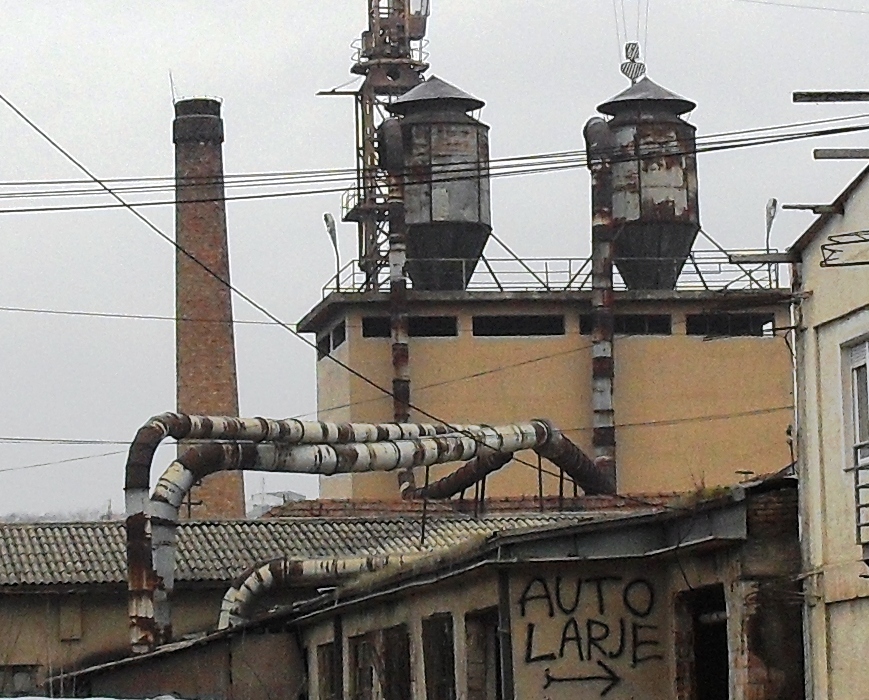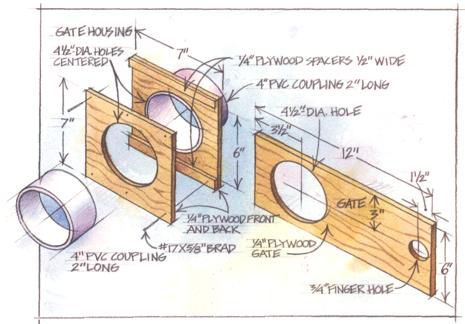Not known Factual Statements About Dust Extractors For Small Workshops
Table of ContentsDust Extractors For Small Workshops Can Be Fun For AnyoneThe Basic Principles Of Dust Extractors For Small Workshops Fascination About Dust Extractors For Small WorkshopsWhat Does Dust Extractors For Small Workshops Mean?
The obstacles for foundry dust collection systems focus on crystalline silica dirt, carbon monoxide, and also warmth, which are poisonous combinations. These elements make meeting air high quality standards tough and also requiring. Therefore, when selecting a dust control system for a foundry, the very first factor to consider is the capability of the device to hold up against extreme and hazardous workplace problems.
Dust collection systems for this type of operation must be especially created to fit the type of layer being used. The purpose of the system is to control and also decrease overspray and also dust.
Though presumably likely to enhance airflow and also movement, this kind of remedy may be inefficient and also waste power. The design of the booth relies on the force of the air entering the cell or cubicle. For most systems, it is crucial to have a small vacuum cleaner in the cubicle to stay clear of feasible favorable stress.
Some Ideas on Dust Extractors For Small Workshops You Should Know
One more technique is simply positioning the makeup air link on the top of the booth. Despite the layout, it is essential for the cleansing of the air to have cross air flow. Just like a cleanroom, air movement in a thermal spray cubicle can be either straight or downward, though the down design is best for dust collection systems.
The pharmaceutical sector is an extremely controlled sector with extensive and also precise policies. Dirt from pharmaceuticals is produced primarily during the manufacturing as well as packaging of products. Each action of producing a medicine, which consists of granulating, drying out, mixing, pressing, coating, and grinding, produces big quantities of dirt that need to be gotten rid of.
Intercepting and also managing this dissemination is the function of the dust control system. When creating a dirt control system for a pharmaceutical plant, the initial consideration is mapping the air flow system to track the path of dust, fumes, existing air flow patterns, and possible evolutionary modifications. Given that numerous pharmaceutical dusts are flammable, the design of the ventilation system is exceptionally vital.
HEPA filters are commonly found in pharmaceutical dust control systems because they are the most effective as well as dependable. Just like a foundry system, they are mounted as a secondary security to accomplish no discharges. Reusing creates a good deal of dirt as a natural end result of reducing items to their basic materials.
The Of Dust Extractors For Small Workshops
Dirt stems after materials are shredded, crushed, or have paint or lacquer removed. All recycling centers are called for to comply with air quality criteria. As they work to meet quality requirements and control pollutants, they have actually acknowledged that dust control is a major concern, causing the wide use of dirt collection systems to reduce and contain the trouble. dust extractors for small workshops.
When makers pick a dirt control system, they are encouraged by producers regarding the sort of system that would certainly best fit their needs considering that purchasing and installing a dust control system is a significant financial investment. Particle matter can be found in a wide range of forms, from silicon dust to wood chips as well as sawdust.


Unknown Facts About Dust Extractors For Small Workshops
Textile filter bags in a cartridge system are the most efficient approach for collecting dust. Dirt collection systems are covered to include the dirt as well as clean the air.
Plastic Dirt High-Density Polyethylene (HDPE) dirt is created in the production of plastic panels when they are shaped as well as created on an edge trimmer, mill, or miter saw. Paper Dirt Among the a lot more usual kinds of dirt is paper dust, the negative effects of the production of numerous types of paper.
With the introduction of dust collection systems, workers are safer and more safeguarded. Sugar Sugar dust is the by-product of the manufacturing of candy. Pulse jet systems are utilized to maintain the more helpful hints filters of the dust collection system particulate-free. The accumulated product is gotten rid of and accumulated in drums. Zinc Zinc dirt is created in the galvanizing process.
A baghouse system is the recommended system. Rice Dirt Rice dust has really great and minute fragments that accumulate during the production of rice-based items. A dust collection system is needed for the protection and also safety of employees. Silica Silica is one of the most common compounds in the world. It is a main part of a number of manufacturing procedures, such as the manufacturing of glass, ceramic tile, cement, and also asphalt.